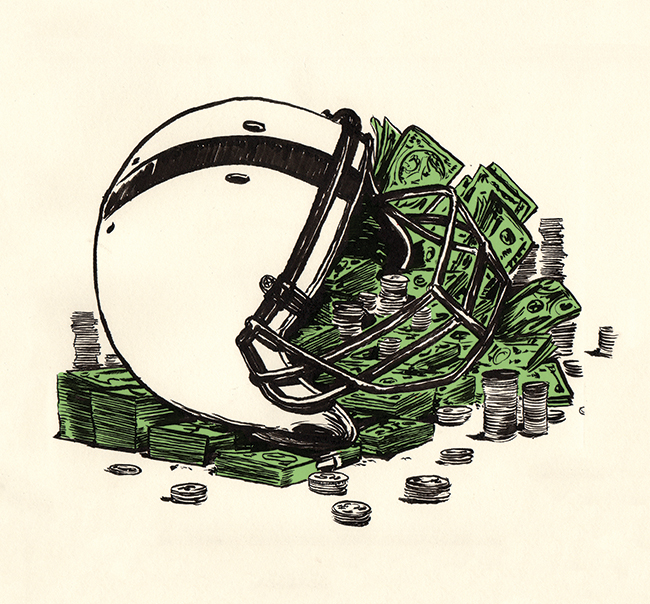ZEITGUIDE TO DOPING

On July 9, UFC 200, one of the premiere events in mixed martial arts, got underway without headliner Jon “Bones” Jones. Set to appear in a title bout in the octagon, he was suspended after testing positive for two banned substances. Then, wrestling star Brock Lesnar — after winning his UFC fight — tested positive for the same substances.
Meanwhile, another high-profile event — The Olympic Games — is having its own public doping crisis: the revelation of a state-sponsored doping program in Russia. This week, the IOC is weighing whether it can or should ban allRussian competitors for what the World Anti-Doping Agency is calling “a shocking and unprecedented attack on the integrity of sport and on the Olympic Games.”
Just today it was revealed that re-examined blood tests from the 2008 and 2012 games have implicated an additional 98 athletes for doping, many of them medalists.
So what exactly qualifies as doping in sports? Elite athletes most commonly turn to blood doping or lean muscle builders like human growth hormone or anabolic steroids — but it turns out a lot of things can get athletes in trouble. The US Anti-Doping Agency annually compiles a list of hundreds of banned substances for the Olympic team.
The thing about muscle-building drugs is that they’re often taken long before the actual competition. This requires a regime of testing not just before or after a game, but even off-season. And the issue is further complicated for testing organizations because many of the banned drugs can be legally prescribed and some are available over-the-counter.
When, for instance, it was revealed that now retired NFL quarterback Peyton Manning had human growth hormone shipped to his house in his wife’s name, some rushed to defend him by suggesting his wife may have really needed it for her own medical use. Skeptics pointed to the fact that, two years after having career threatening neck surgery, Manning had his best statistical season ever at age 37.
Further complicating things is that professional sports leagues all have their own rules around doping. For instance, the NFL didn’t start testing for HGH until 2014 — but also hasn’t caught any player using it, which plenty of people find improbable.
Sports leagues universally say they oppose doping so that competition is fair. Ironic then that many athletes say they took performance enhancers because everyone else is doing it. As former professional cyclist Jonathan Vaughterswrote in The New York Times, “Almost every athlete I’ve met who has doped will say they did it only because they wanted a level playing field.”
But the more pointed question, really, is this: when sports is a booming $67 billion a year industry (just in North America), is anyone truly interested in stamping out performance enhancing drugs? Does doping even dent the reputation of players, teams or leagues? Nike, for instance, recently revived its multi-million-dollar endorsement deal with tennis star Maria Sharapova even though she’s been suspended from pro tennis for two years for doping.
Perhaps one way to curb the practice is to extend punishments beyond just the athletes to the teams and organizations behind them. After all, the athletes are hardly the only ones who benefit when fans turn out to see record breaking performances.
Comcast has paid $4.38 billion for the rights to broadcast the Olympic Games on its channels through 2020, Russians or no. And so far, the potential suspension of two of the UFC’s biggest stars hasn’t derailed a $4 billion sale of UFC to William Morris Endeavor and International Management Group.
It’s big business. Understandable, then, that athletes go to such lengths to gain an advantage and that leagues turn a blind eye when they can.
